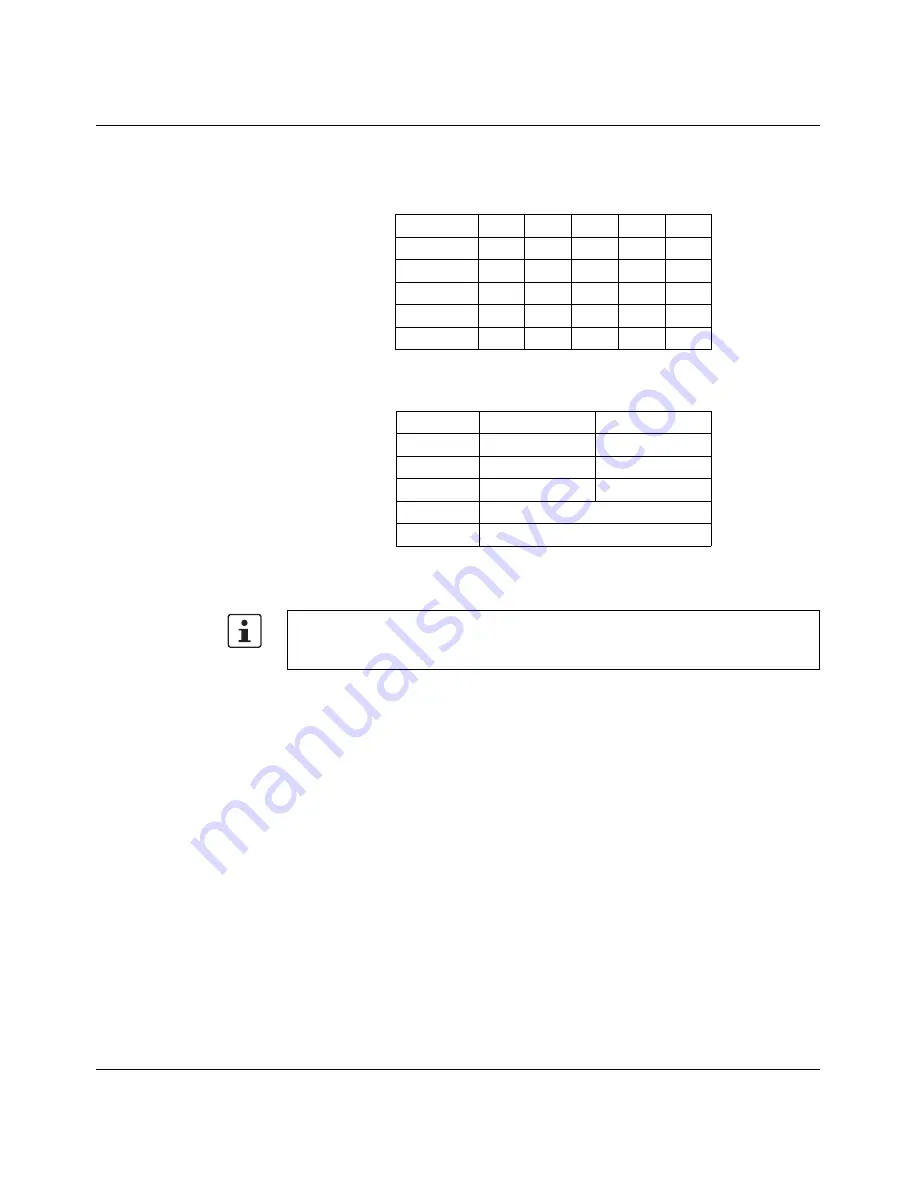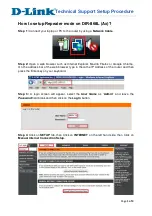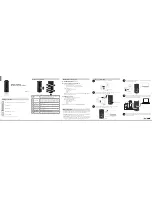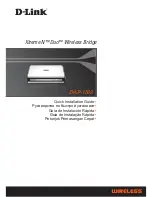
Factory Line - Wireless LAN
3-18
PHOENIX CONTACT
7190_en_02
With binary representation of the IP address the network class is represented by the first
bits. The key factor is the number of "ones" before the first "zero". The assignment of
classes is shown in the following table. The empty cells in the table are not relevant to the
network class and are already used for the network address.
The bits for the network class are followed by those for the network address and the user
address. Depending on the network class, a different number of bits are available, both for
the network address (network ID) and the user address (host ID).
IP addresses can be represented in decimal or hexadecimal form. In decimal notation,
bytes are separated by dots (dotted decimal notation) to show the logical grouping of the
individual bytes.
Bit 1
Bit 2
Bit 3
Bit 4
Bit 5
Class A
0
Class B
1
0
Class C
1
1
0
Class D
1
1
1
0
Class E
1
1
1
1
0
Network ID
Host ID
Class A
7 bits
24 bits
Class B
14 bits
16 bits
Class C
21 bits
8 bits
Class D
28-bit multicast identifier
Class E
27 bits (reserved)
The decimal points do not divide the address into a network and user address. Only the
value of the first bits (before the first "zero") specifies the network class and thus the
number of remaining bits in the address.
Содержание FL WLAN 24 AP 802-11
Страница 2: ......
Страница 66: ...Factory Line Wireless LAN 3 32 PHOENIX CONTACT 7190_en_02 Figure 3 32 Status WLAN menu...
Страница 100: ...Factory Line Wireless LAN 4 4 PHOENIX CONTACT 7190_en_02...
Страница 122: ...Factory Line Wireless LAN 5 22 PHOENIX CONTACT 7190_en_02 plDevWlanIf2VisibleAccessPointEntry 8 END...
















































